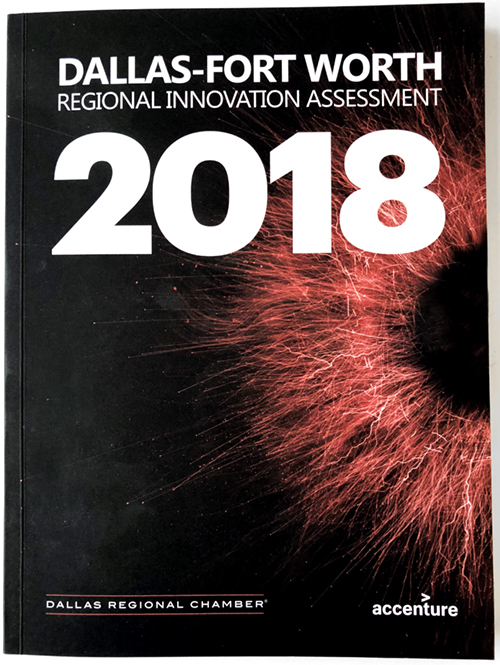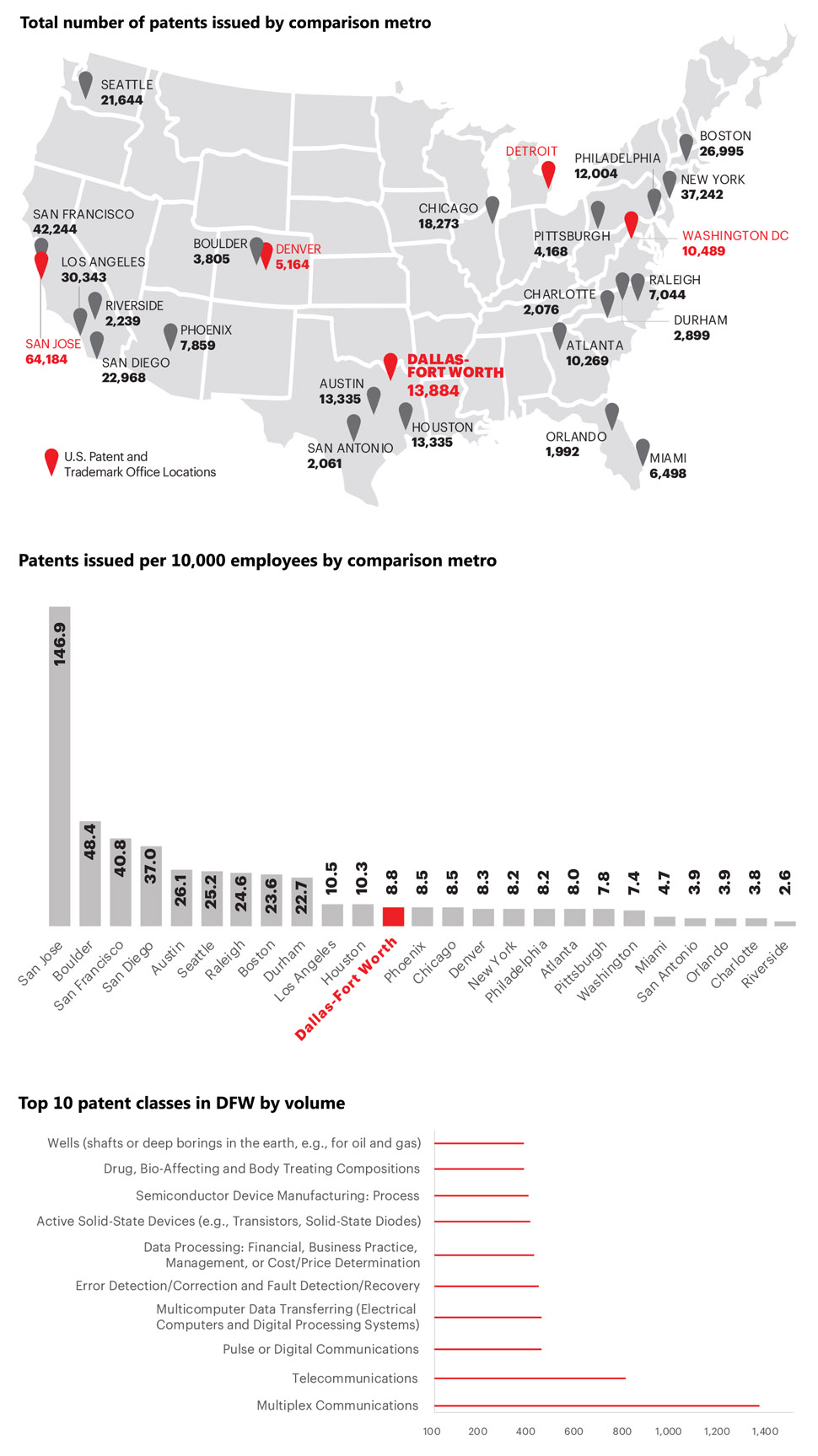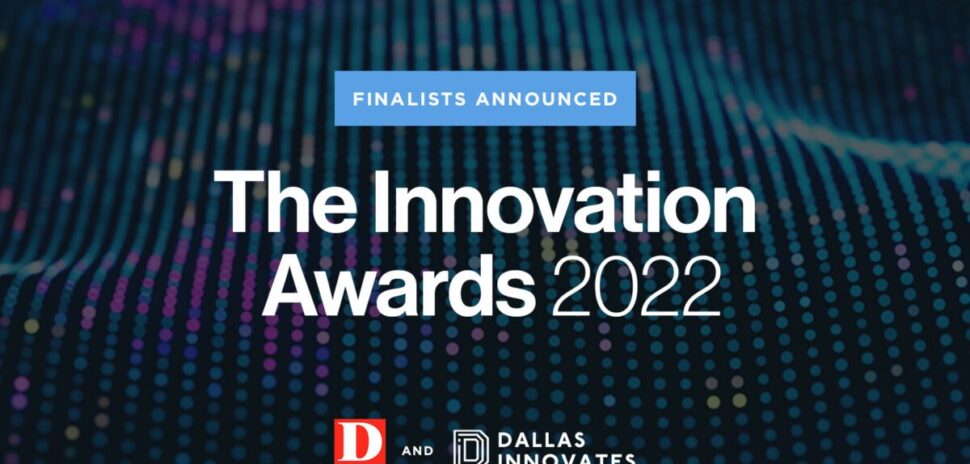
SERIES: PART 4

The Dallas-Fort Worth Regional Innovation Assessment 2018
DFW Innovation Economy is a serial look at chapters from the 2018 Innovation Assessment produced by the Dallas Regional Chamber (DRC) and Accenture. Each chapter of the Assessment comprises key metrics that can be tracked over time to evaluate the strength of Dallas-Fort Worth’s innovation economy in relation to competitor metropolitan areas. Measures related to patent production, venture capital flows, educational attainment, business climate and various metropolitan rankings help to paint a picture of innovation-driven economic growth potential of DFW.
In this fourth installment about the drivers of an innovation economy, we look at the role of ideas as an indicator of regional attractiveness.
Curiosity lies at the heart of innovation. Regions that encourage individual and institutional curiosity also tend to exhibit open-mindedness because they look favorably on the act of questioning why conditions exist and what, if anything, to do about them. Mixing curiosity with a healthy dose of ingenuity and persistence can lead to a breakthrough idea, a precursor to innovation. To protect the intellectual property that might arise from the ideation phase of innovation, independent inventors and institutional researchers, alike, can apply for patents. Part 4 of our innovation economy series examines the role of ideas—where they are nurtured and how to protect them.
THE PATENT SAFEGUARD
The US Patent and Trademark Office protects the intellectual property of innovative researchers and inventors. Four satellite offices, including one located in DFW, join the central office in Washington, DC, to assist with the patent process. The number of patents originating in a region helps to quantify the level of innovation output occurring there, and is dependent on several factors, including the strength of the local inventor community; how many corporate, medical and/or educational R&D facilities are located in the area; and the region’s dependence on technology-based industries. As shown below, the total volume of patents generated within metros in 2015 varied widely, but it can be normalized against the number of employees in the region. Furthermore, each region may specialize in specific classes of patents based on the strength of home industries. For instance, the top 10 patent classes for DFW appear on the opposite page.

Source: US Patent and Trademark Office, 2015; LAUS, Bureau of Labor Statistics, 2015.
TOP-TIER RESEARCH
In a modern, ideas-based Innovation Economy, applied knowledge drives future growth. A common feature of metros regarded as hubs of innovation is the presence of at least one, but often a cluster of top-tier research universities. Not only do these institutions attract the brightest minds, they also attract research funding used to develop original solutions to some of today’s most complex problems. The Carnegie Classification of Institutions of Higher Learning recognizes the need to evaluate research institutions on their quality and level of research activity, the top tier being R1: Highest Research Activity. Boston is the premier research center in the US, with seven R1 universities, followed by New York and Washington, DC, with five each. DFW is home to three top-tier institutions—the University of North Texas, the University of Texas at Arlington, and the University of Texas at Dallas.

Note: No Carnegie R1: Doctoral university designations for Charlotte, Denver or San Antonio.
Source: Carnegie. Classification of Institutions of Higher Learning, University of Indiana.
READ NEXT
PART 1: DFW INNOVATION ECONOMY
Metropolitan Rankings from Trustworthy Sources
Part one captures how experts position DFW as a center for innovation. See how DFW stacks up in a Scorecard that benchmarks our rankings against peer cities.
PART 2: DFW INNOVATION ECONOMY
People Power
Part two in our innovation economy series highlights population growth and talent attraction as a first look at regional innovation potential. Here’s how DFW stacks up.
PART 3: DFW INNOVATION ECONOMY
Learning to Adapt
Part 3 of our innovation economy series explores the theme of knowledge — the current state of educational attainment and the quality of educational opportunities by metro area. Here’s how DFW stacks up, in four charts.
![]()
Get on the list.
Dallas Innovates, every day.
Sign up to keep your eye on what’s new and next in Dallas-Fort Worth, every day.
![]()
































